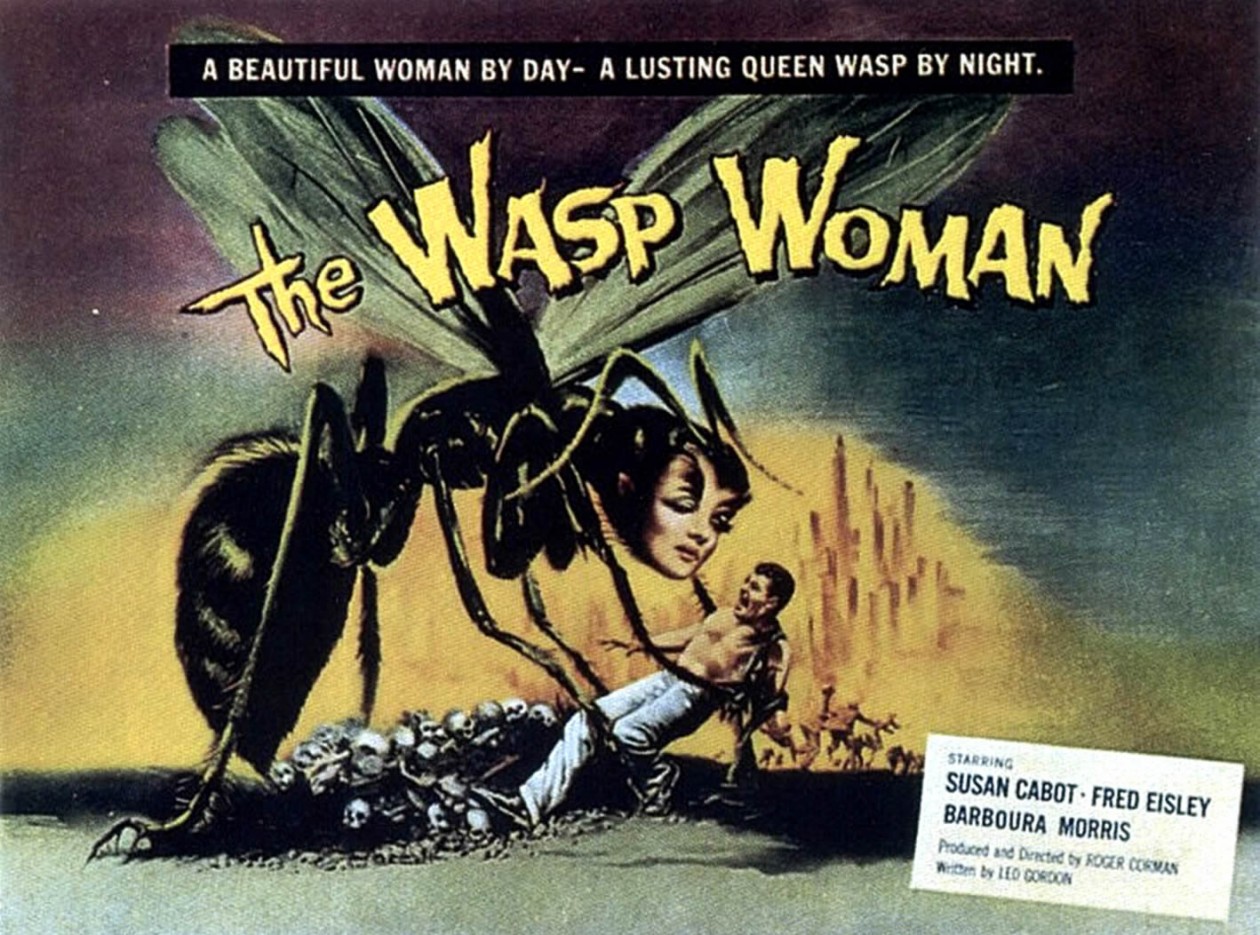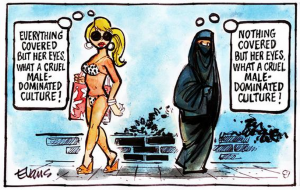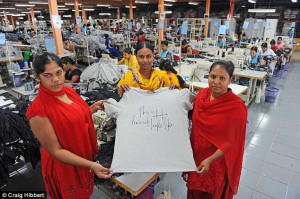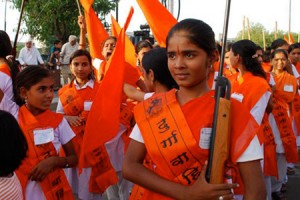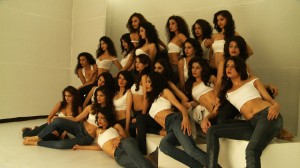I re-watched Miss Representation, a film many of us watched in our Intro to Film course. I chose to do this because it relates to a lot of what we’ve discussed during this semester, exposing some of the most important problems in mainstream media and its portrayal of women in front of the camera, let alone in positions of power. I believe Paul Haggis, an academy-award winning writer/producer, puts it best as he explains that “What happens is, these studio chiefs like myself (writers, producers, directors), we see the world in a certain way and we don’t really challenge that often so we just replicate the world we grew up in without really asking why we’re doing it.” He’s really acknowledging a lot with this statement, and it stems from privilege. He hasn’t grown up on the other side of the white-male dominated industry that produces and perpetuates the existing injustices and limitations. He’s only been on the side that benefits from the media that’s produced. Although there are many reasons to question the world we live in, if it’s benefiting you, or isn’t harming you, why put effort into changing it. (this is only a guess as to what he might have been thinking, or a justification for his actions)
Therefore, the cycle is continued in each generation. Men are given negative messages from the media, just as women are. The youth are led to believe that what they’re viewing are actual depictions of reality. Katie Couric, an anchor for CBS evening news conveys that “the media can be an instrument of change, it can maintain the status quo and reflect the views of the society or it can hopefully awaken people and change minds. I think it depends on who’s piloting the plane.”
I also think this principle can extend into The World Before Her, and the Hindu Fundamentalists who strive to keep things the way they are, rather than allow greater freedom and opportunity for the people being limited. I believe the fear of the unknown is very relevant in this case, and when it seems as though the world or some force is trying to impose on existing beliefs, conflict arises. There are those who will attempt to save the older values at whatever cost, just because it’s all that they know. But from that, there will be forces who only wish to break apart from what’s been deemed as ‘normal’ in order to do more with their lives.
